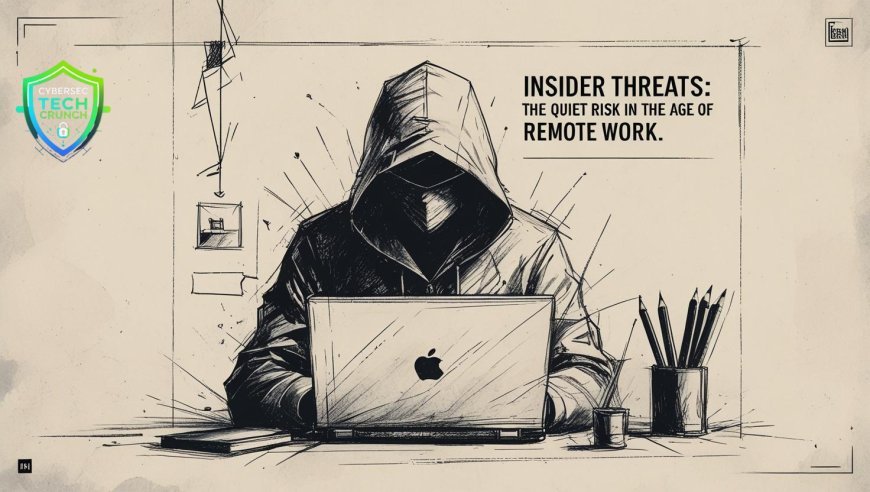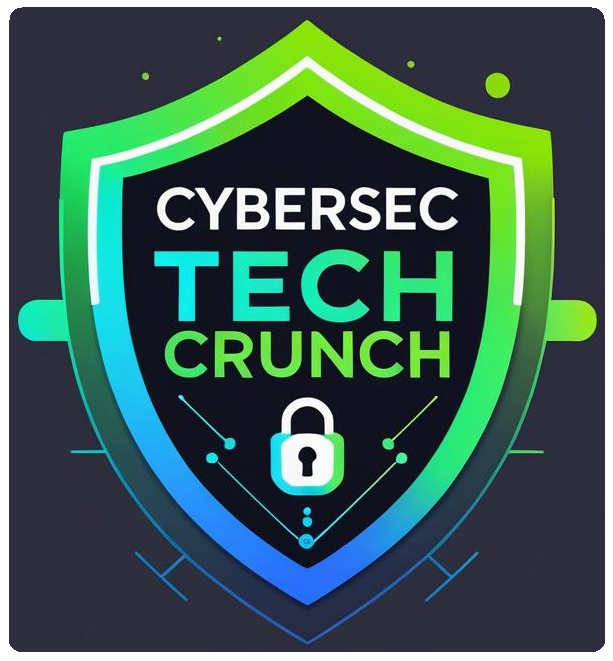Insider Threats: The Quiet Risk in the Age of Remote Work

Insider Threats: The Quiet Risk in the Age of Remote Work
In the rush to adapt to remote and hybrid work models, organizations around the world unlocked a new level of flexibility. Employees could now work from anywhere, schedules became more fluid, and productivity often soared. But this evolution in work culture has also quietly introduced a new layer of vulnerability-insider threats. These threats aren’t always malicious; in fact, many of them are unintentional. But regardless of intent, the damage can be equally severe.
Insider threats stem from people within an organization-employees, contractors, vendors-who have access to sensitive data and systems. When we think of cybersecurity, it’s easy to imagine faceless hackers breaking in from the outside. Yet some of the most damaging breaches come from within. And in today’s remote-first environment, the line between personal and professional systems has become increasingly blurred.
Employees now access company resources from home networks, personal devices, and cloud services. In doing so, they may inadvertently leave digital doors wide open. It could be as simple as using a weak password, leaving a laptop unlocked in a café, or forwarding sensitive emails to personal accounts to work more efficiently. These seemingly small actions can result in massive consequences if exploited by bad actors.
Of course, not all insider threats are accidental. Disgruntled employees, especially those facing layoffs or performance issues, may abuse their access for revenge or financial gain. The remote setup makes it easier to hide such behavior. There’s no longer the physical presence of a manager or team to serve as a deterrent, and digital footprints can be subtle or delayed in detection.
Adding to the complexity is the human factor-stress, fatigue, and isolation. Remote workers often feel disconnected, and this emotional distance can sometimes erode loyalty and weaken adherence to security practices. In some cases, employees might not even realize they're engaging in risky behavior. They may simply be trying to get their job done more efficiently, unaware that their shortcuts are leaving sensitive data exposed.
Organizations must acknowledge that insider threats are not just a technical issue-they’re deeply human. The solution isn’t about installing more surveillance software or implementing stricter controls alone. It’s about building a culture of awareness and trust. Employees should feel supported, educated, and involved in the company’s cybersecurity mission. Regular training, open communication channels, and clear reporting mechanisms go a long way in fostering that environment.
At the same time, companies must invest in smarter security technologies-tools that monitor for unusual behavior, limit access based on roles, and flag suspicious activity without being intrusive. A balance must be struck between trust and verification.
As the modern workplace continues to evolve, insider threats will remain an ever-present challenge. But with the right blend of human understanding and technological foresight, organizations can transform this challenge into an opportunity to build stronger, safer, and more resilient teams.
























